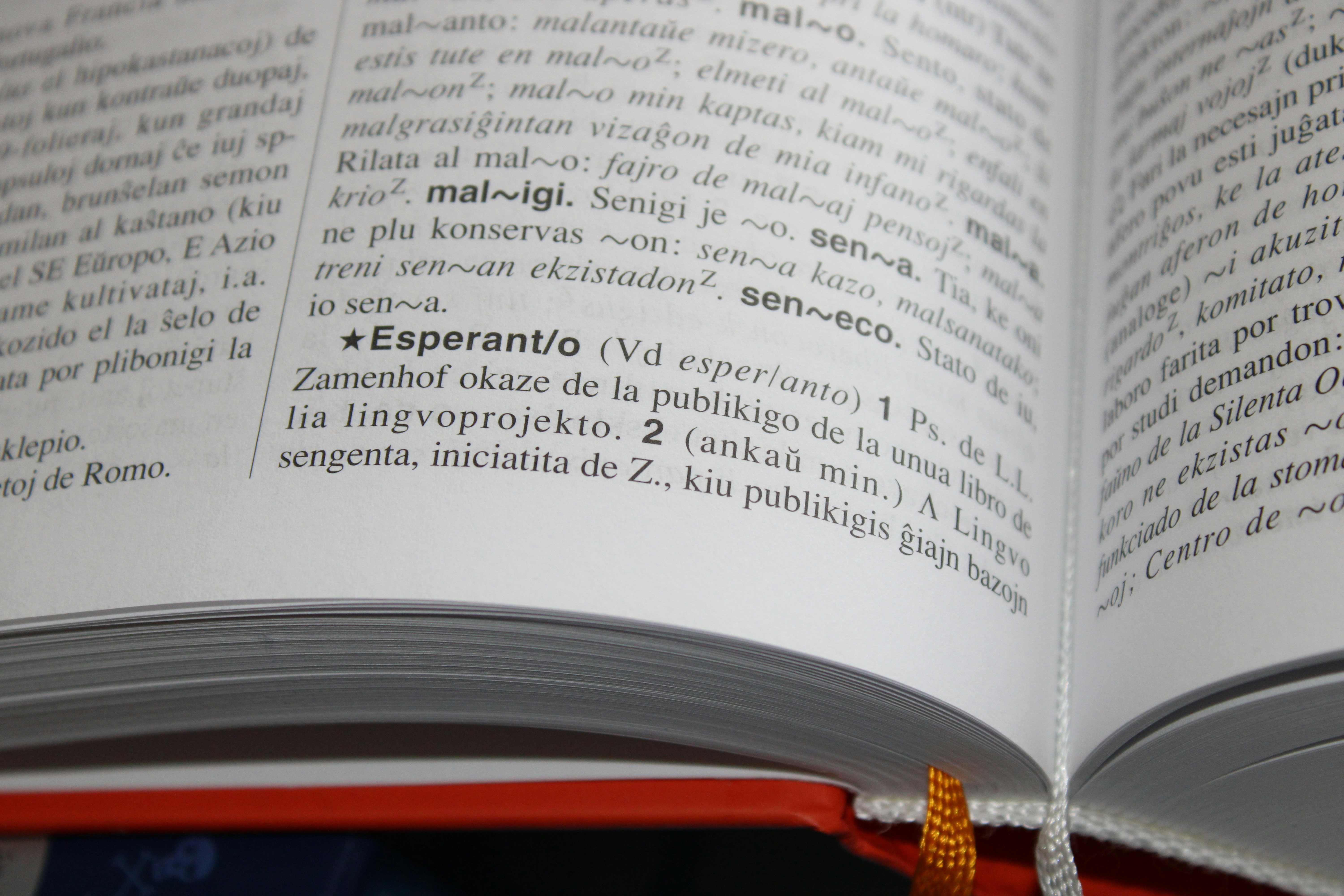Unlocking the World: The Beauty and Benefits of Esperanto

In a world where languages can often act as barriers, Esperanto stands as a beacon of unity, offering a bridge between cultures and people. Created with the vision of fostering global understanding and cooperation, Esperanto is more than just a language; it's a symbol of hope and inclusivity. Let's delve into the fascinating world of Esperanto, exploring its origins, benefits, and how you can embark on your journey to learn this remarkable language.
Origins and Vision
Esperanto, conceived by L.L. Zamenhof in the late 19th century, emerged from a desire to overcome linguistic barriers and promote international communication. Zamenhof, a Jewish ophthalmologist from present-day Poland, witnessed firsthand the conflicts arising from linguistic misunderstandings and cultural differences. In response, he devised Esperanto, a language designed for simplicity, regularity, and ease of learning.
Benefits of Learning Esperanto
- Universal Communication: Esperanto serves as a neutral, second language for people of diverse linguistic backgrounds, enabling seamless communication without privileging any particular culture or nation.
- Cognitive Benefits: Learning Esperanto can enhance cognitive abilities such as memory, problem-solving skills, and multitasking, as it challenges the brain to think in a new linguistic framework.
- Cultural Exchange: By learning Esperanto, individuals gain access to a vibrant global community, facilitating cultural exchange, friendships, and understanding across borders.
- Travel: Esperanto speakers often organize events, conferences, and homestays worldwide, providing opportunities for immersive language practice and enriching travel experiences.
What Makes Esperanto Unique?
- Simplicity: Esperanto's grammar is straightforward and logical, making it accessible even to beginners.
- Regularity: Unlike many natural languages, Esperanto follows strict rules, minimizing irregularities and exceptions.
- Community-driven: Esperanto thrives on grassroots initiatives, with enthusiasts worldwide organizing events, courses, and online resources for learners.
Who Learns Esperanto?
Esperanto attracts a diverse range of learners, including language enthusiasts, polyglots, travelers, educators, and individuals passionate about fostering global understanding. Its inclusive ethos welcomes people of all ages, backgrounds, and linguistic abilities.
Getting Started with Esperanto
- Online Resources: Numerous websites offer free Esperanto courses, tutorials, and interactive exercises for beginners. Websites like Duolingo, lernu!, and the Esperanto Association of Britain provide comprehensive learning materials.
- Books and Media: Explore Esperanto literature, music, and films to immerse yourself in the language and culture. Start with beginner-friendly texts and gradually progress to more complex materials.
- Language Exchange: Connect with Esperanto speakers through online forums, social media groups, or language exchange platforms. Practicing with native speakers accelerates learning and fosters friendships within the community.
Finding a Community
Esperanto communities exist worldwide, both online and offline. Social media platforms like Facebook host active groups dedicated to Esperanto learners and speakers. Additionally, organizations such as the Universal Esperanto Association (UEA) and local Esperanto clubs organize meetups, conferences, and cultural events, providing opportunities to connect with like-minded individuals.
In conclusion, Esperanto offers far more than just a language; it embodies a vision of a harmonious, interconnected world. By learning Esperanto, individuals not only gain linguistic proficiency but also contribute to a global movement promoting peace, understanding, and cooperation across borders. So why not embark on this enriching journey today? Esperanto awaits, ready to open doors to new friendships, experiences, and opportunities on a truly global scale.
